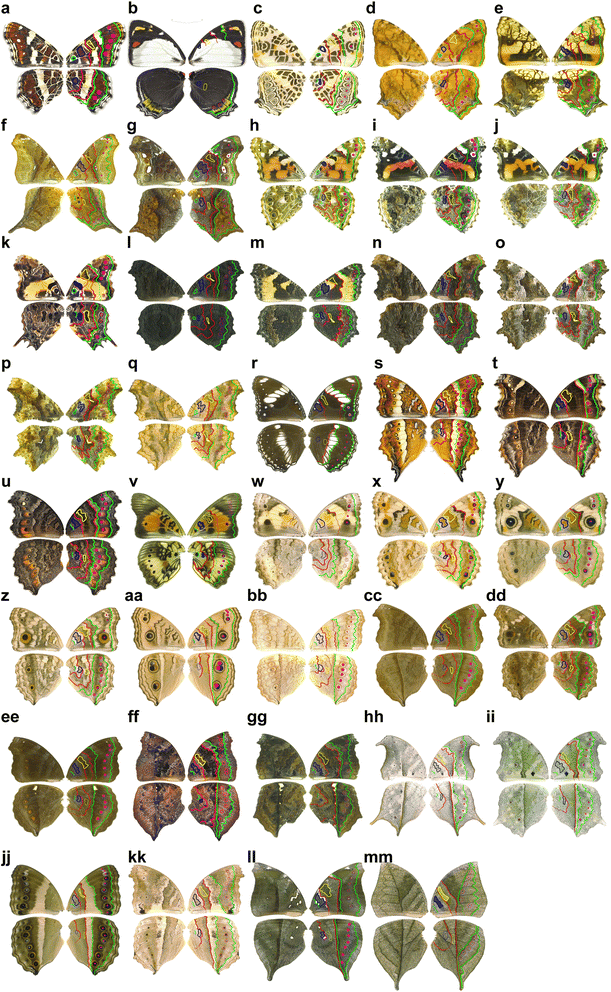
Ground plan of wing patterns in Nymphalinae butterflies. From Suzuki et al. “Gradual and contingent evolutionary emergence of leaf mimicry in butterfly wing patterns”
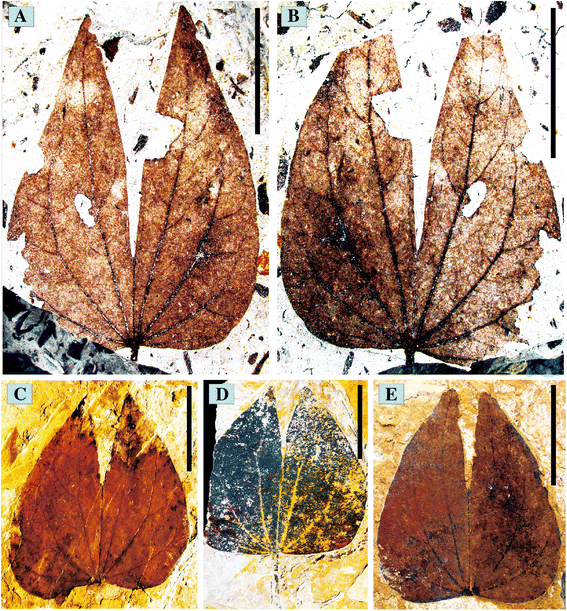
Fossilised leaves of Bauhinia wenshanensis. From Meng et al. “New biogeographic insight intoBauhinia s.l. (Leguminosae): integration from fossil records and molecular analyses”
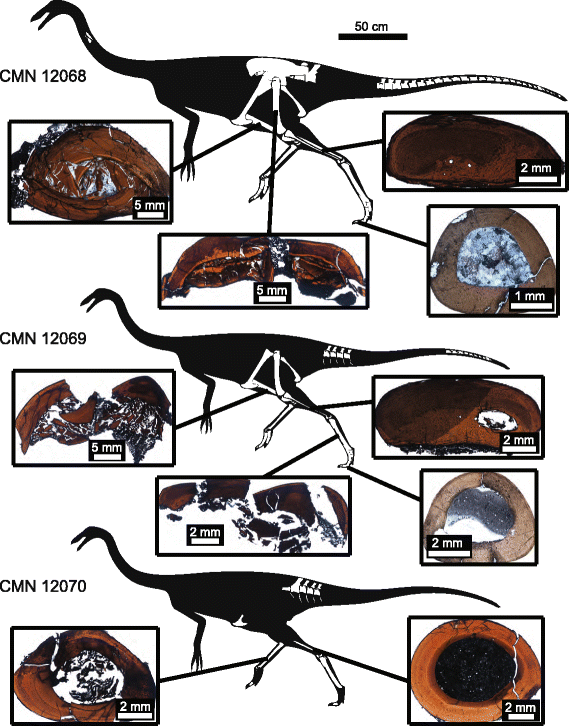
Sectioned bone elements of ostrich dinosaurs. From Cullen et al. “Osteohistological variation in growth marks and osteocyte lacunar density in a theropod dinosaur”

Phylogenetic tree of Tenebrionidae beetles and close relatives. From Kergoat et al. “Cretaceous environmental changes led to high extinction rates in a hyperdiverse beetle family”

Examples of the highly poisonous mushrooms lethal amanitas. From Cai et al. “Multi-locus phylogeny of lethal amanitas: Implications for species diversity and historical biogeography”
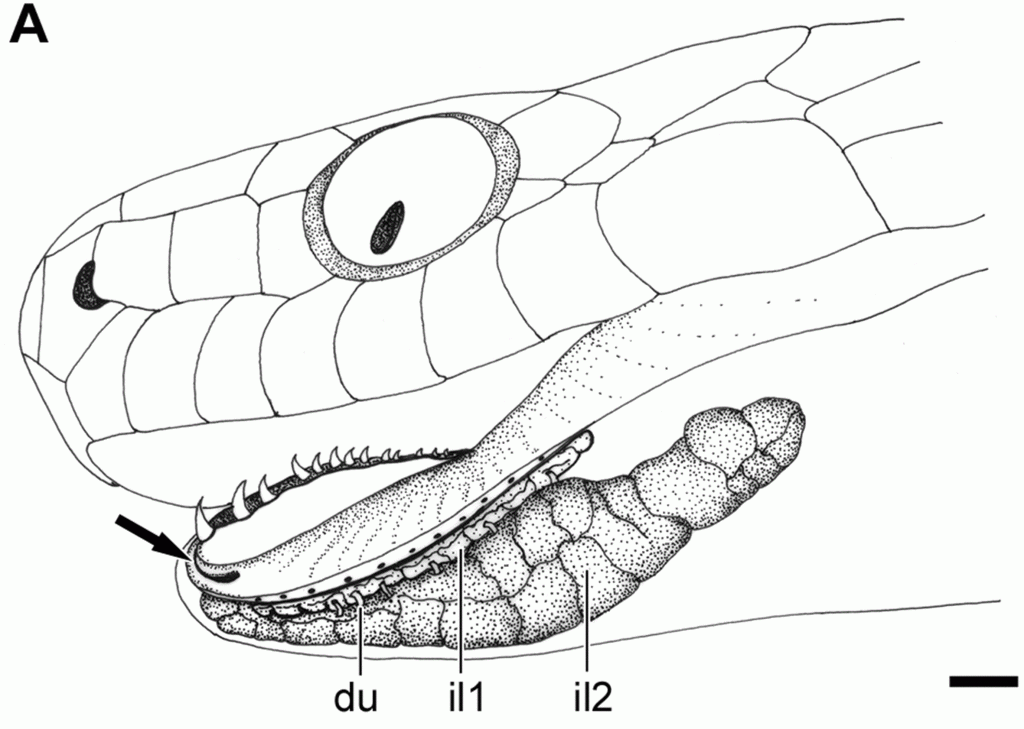
Schematic view of the head of the “goo-eating snake” Sibynomorphus turgidus. From Zaher et al. “Consuming viscous prey: a novel protein-secreting delivery system in neotropical snail-eating snakes”
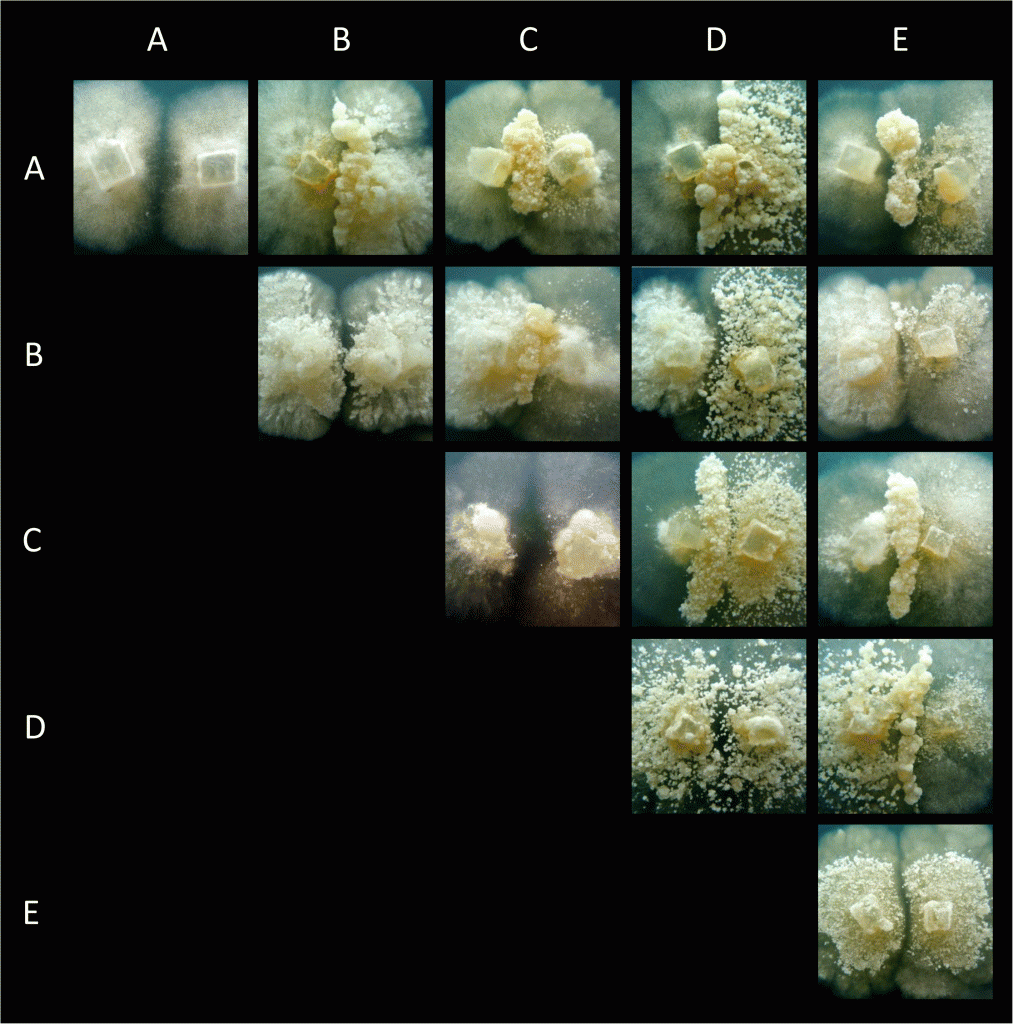
Interactions between five homokaryotic mycelia of the termite-grown fungus Termitomyces. From Nobre et al. “The scope for nuclear selection within Termitomyces fungi associated with fungus-growing termites is limited”
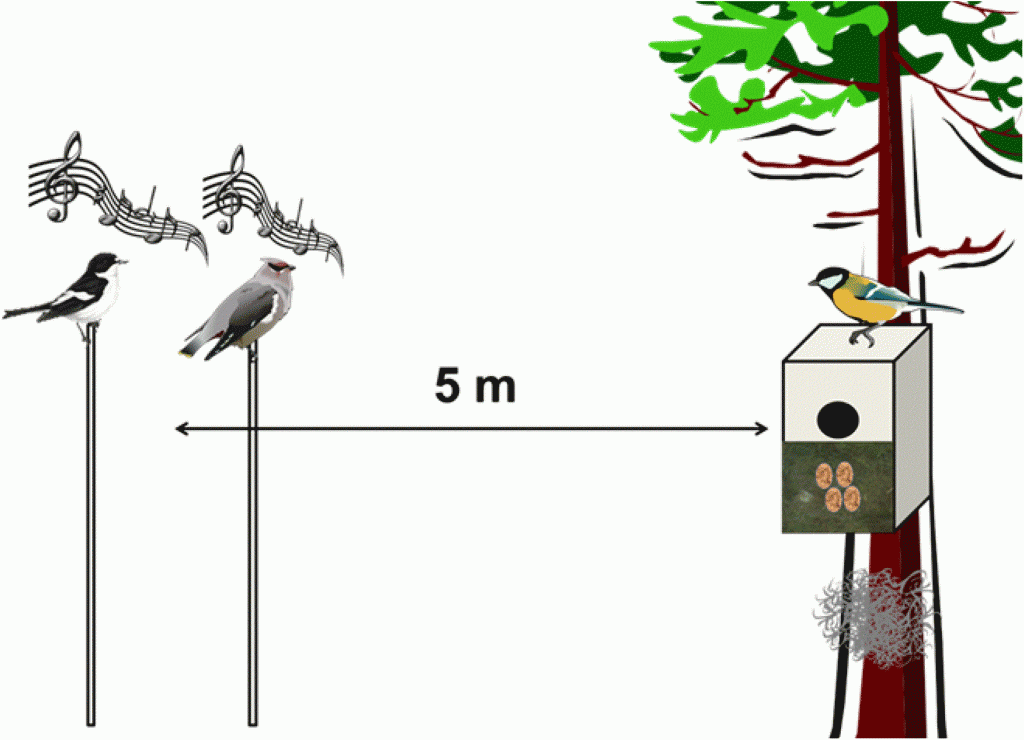
Great tits, pied flycatchers and waxwings in a schematic of the experimental design from Loukola et al. “Active hiding of social information from information-parasites”
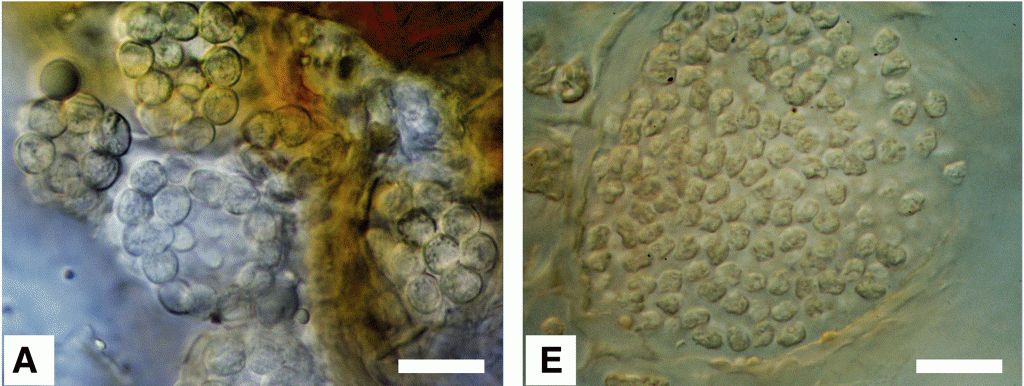
Morphology of resting spores of phytomyxids, obligate biotrophic protist parasites of plants, diatoms, oomycetes and brown algae. From Neuhauser et al. “Cross-kingdom shifts of phytomyxid parasites”
Cattleheart butterflies with differently structured and coloured wing scales, analysed using photomicroscopy and scanning electron microscopy . From Wilts et al. “Pigmentary and photonic coloration mechanisms reveal taxonomic relationships of the Cattlehearts”

Fossil snakefly, Juroraphidia longicollum, from the Jiulongshan Formation (Middle Jurassic) in Inner Mongolia, China. From Liu et al. “New transitional fossil snakeflies from China illuminate the early evolution of Raphidioptera”
Cannibalistic behaviour on eggs by (A) a larva and (B) an adult individual of the Harlequin ladybird. From Tayah et al. “Cannibalism in invasive, native and biocontrol populations of the harlequin ladybird”
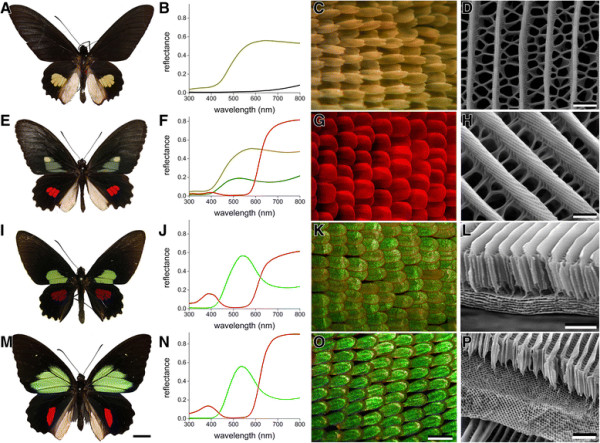
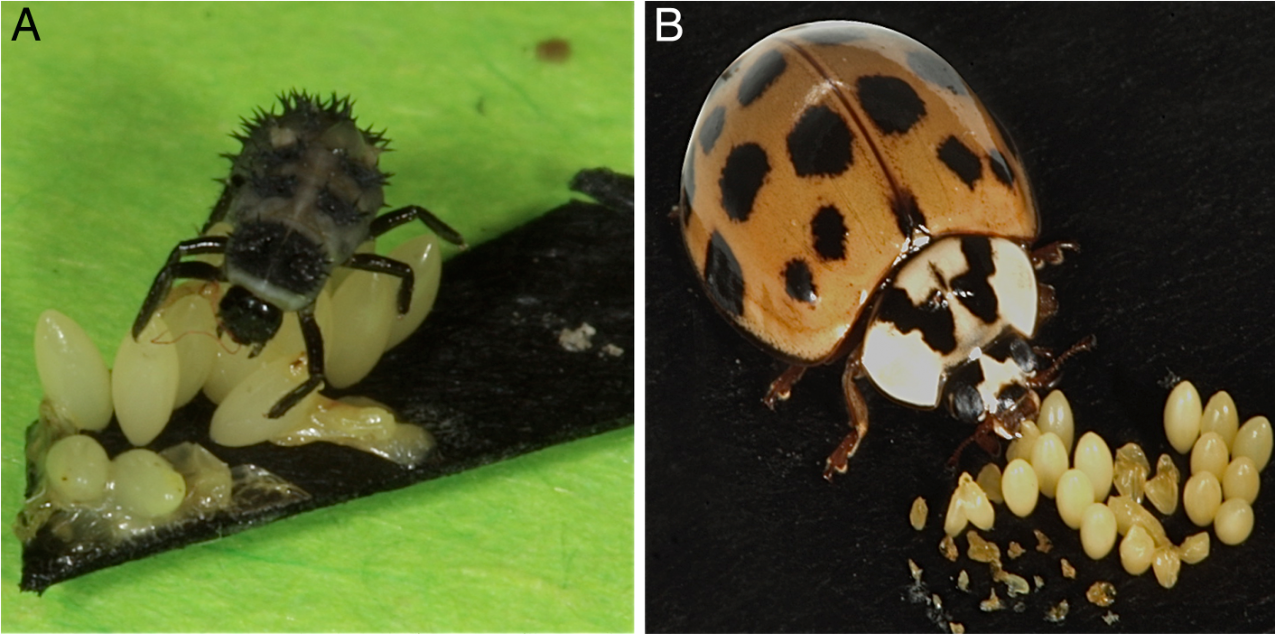
Comments